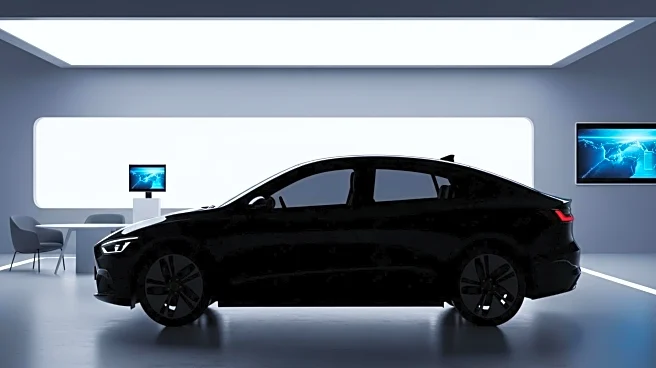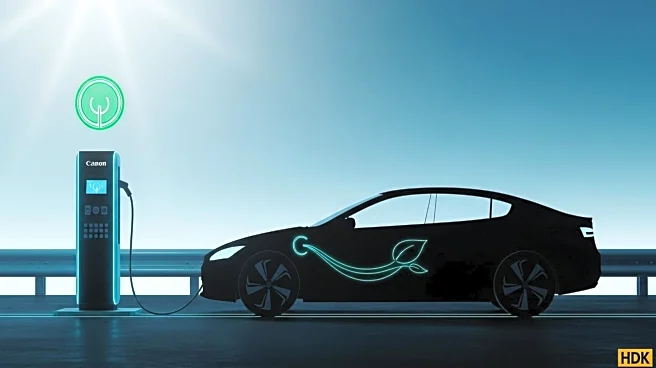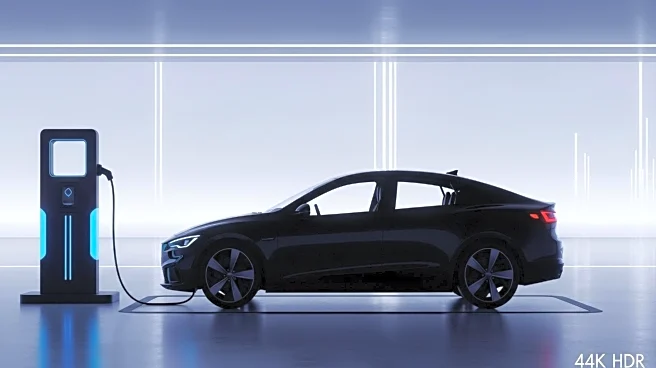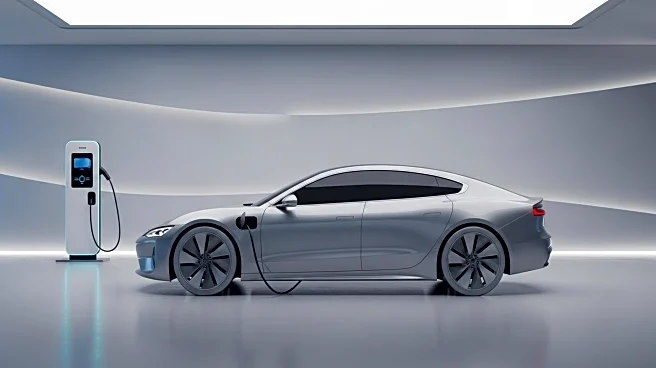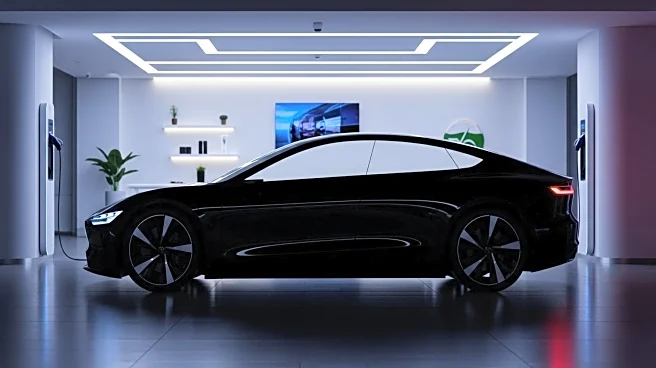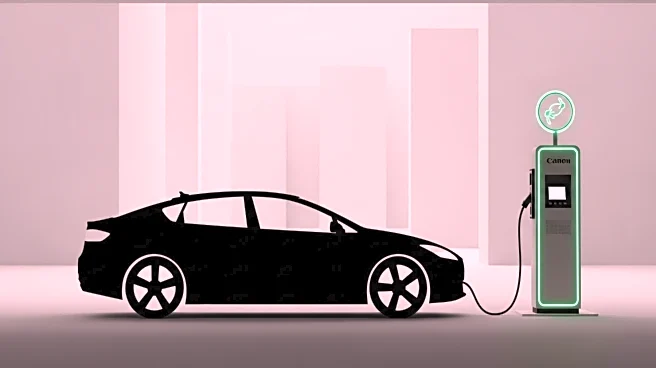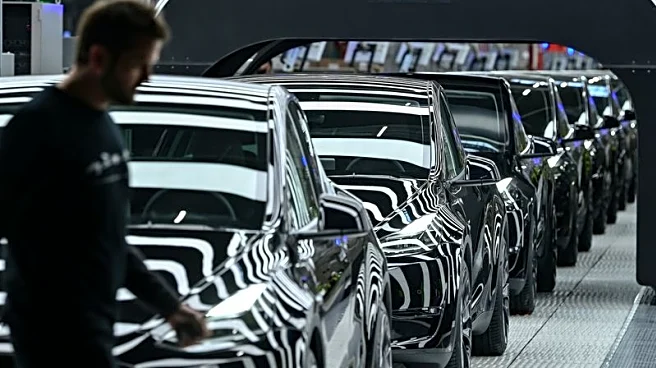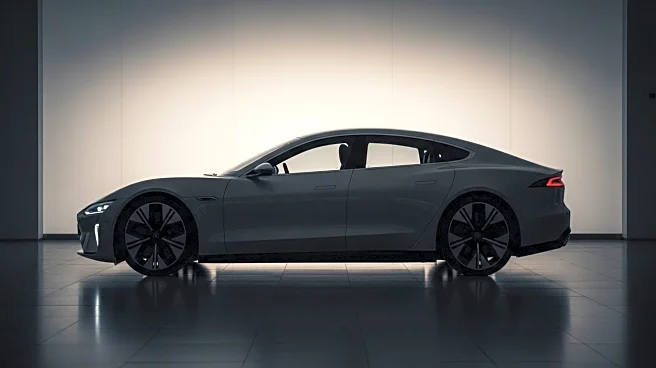What's Happening?
Tesla has unveiled new 'Standard' versions of its Model 3 sedan and Model Y SUV, priced at $36,990 and $39,990, respectively. These models offer a more minimalist design, lacking features such as Autopilot and a glass roof, and are aimed at reviving sales after a decline in 2024. Despite previous promises of a $25,000 Tesla, these new models do not meet that price point. The release is part of Tesla's strategy to reduce costs and increase accessibility to its electric vehicles, as the company faces competition from other automakers developing low-cost EV platforms.
Why It's Important?
The introduction of more affordable Tesla models is crucial for the company's growth strategy, especially as it seeks to regain momentum in the EV market. By offering lower-priced options, Tesla aims to attract a broader customer base and compete with other automakers planning to release budget-friendly electric vehicles. This move could potentially increase Tesla's market share and solidify its position as a leader in the EV industry. Additionally, the pricing strategy reflects the company's efforts to balance cost reduction with maintaining product quality and brand reputation.
What's Next?
Tesla plans to sell these new models in multiple global markets, including Europe, which could expand its international presence. The expiration of the U.S. federal EV tax credit may impact domestic sales, but state incentives could mitigate this effect. As major automakers like Ford and General Motors develop their own low-cost EV platforms, Tesla will need to continue innovating to stay competitive. The company may also face challenges in the used car market, as the introduction of cheaper models could affect resale values.
Beyond the Headlines
Tesla's decision to strip down features in its new models highlights the company's focus on cost efficiency and market adaptability. This approach may influence other automakers to reconsider their pricing strategies and feature offerings. The move also raises questions about consumer expectations and the balance between affordability and technological advancement in the EV sector. As Tesla navigates these dynamics, its ability to maintain brand loyalty and customer satisfaction will be critical.

